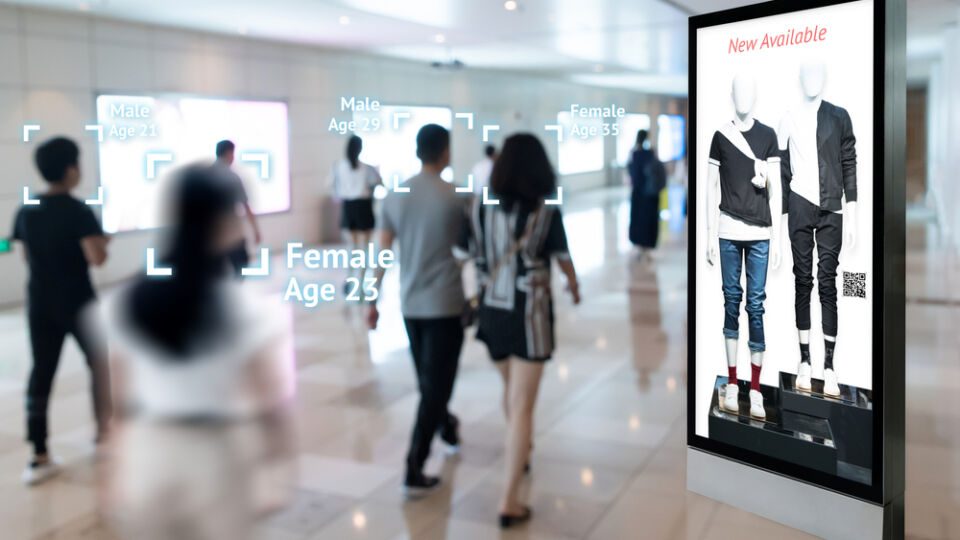 Without a doubt, behavioral targeting is one of the most common tactics that marketers use to reach their target shoppers. However, it also has limitations, particularly in grocery.
Without a doubt, behavioral targeting is one of the most common tactics that marketers use to reach their target shoppers. However, it also has limitations, particularly in grocery.
Shopper marketers at CPG brands have historically relied heavily on third-party datasets in order to measure campaigns, and in digital advertising or programmatic campaigns to target consumers. Unlike other retail verticals where it’s more intuitive to buy a product directly from the brand, CPG brands typically sell through retailers. As such, shopper marketers don’t have access to brands’ own quality first-party data because they don’t transact directly with consumers.
In order to obtain that valuable data, shopper marketers have resorted to partnering with third-party solution providers that offer past purchase data to target consumers. While this can be an effective tactic when layered onto other advertising tactics, it is becoming an outdated strategy in a world where reach and frequency are being replaced by ROAS and LTV.
Foundationally, as a strategy, behavioral targeting maximizes top-of-the-funnel reach and frequency within the purchase cycle. In other words, it’s high-level brand advertising that gets a brand in front of the maximum number of people over and over for the lowest cost.
Historically, marketers relied on behavioral targeting because there weren’t many ways to do performance or direct advertising in a way that was both effective and cost-efficient off the retailer’s platform. What would be most effective is knowing the exact return on investment to glean valuable insights on lower funnel results.
But as digital grocery grows and retail media networks emerge and expand, shopper marketers now have the opportunity to become performance marketers. Within the next few years, the ability to measure the effectiveness of campaigns and target the right consumers in the right moment will accelerate. Offering granular measurements of the campaigns that shopper marketers activate, retail media networks are creating an entirely new CPG performance marketing category.
When it’s clear that this trend is only going to accelerate, why should shopper marketers continue to buy reach and frequency, or high-funnel brand advertising tactics, when they can spend $1 and know the exact ROAS? It’s more addressable, measurable and returns real sales data.
As shopper marketers think more about performance and measurable results, achieving reach and frequency becomes less important as a strategy, and targeting consumers by context and driving them to make purchases becomes more important. We’re seeing marketers care more about finding the right moment when a consumer is ready to buy rather than using past purchase data to indicate whether they’re a repeat shopper, or the target millennial mom of two.
As a result, retail media is arguably the most compelling (and fastest-growing) offering for shopper marketers that want to invest in highly attributable media. However, marketers are also looking to invest their dollars in highly endemic environments outside of the retailer’s website to take advantage of scale and reach. Contextual advertising that’s retailer-specific then becomes the middle ground between retail media — which offers granular measurement — and behavioral, which offers massive scale and reach.
The most powerful form of advertising for ecommerce CPG marketers right now, for example, is on-platform search. Is there a better context than when a shopper is actually using a search bar on a retailer’s site to find a product or a category that your brand is a fit for?
Off-platform contextual advertising takes this same basic concept and value proposition and extends it to the almost infinite number of other websites and experiences that consumers interact with, in order to figure out what they are going to cook or make and ultimately buy.
Finding those contexts that indicate that a consumer is open to purchasing a product becomes so much more impactful and valuable as shopper marketers are tasked with delivering measurable campaigns and results, but may want to explore larger-scale opportunities off of retailer.com to launch large enough campaigns that complement on-platform. As such, contextual advertising becomes an effective tool for shopper marketers to achieve both measurement and scale for their CPG brands.
Contextual targeting is the ideal opportunity to influence what and where consumers purchase when they’re in the purchase moment, and enables shopper marketers to reach the consumer pre-retailer with priority messaging when they’re still in product discovery mode.
As COO of Chicory, a company he co-founded and a leading digital shopper marketing platform for CPG and grocery companies, Joey Petracca leads business development and sales efforts to implement Chicory’s solutions across grocery retailers, CPG brands and publishers. Petracca and his Co-founder and CEO Yuni Sameshima founded Chicory in 2013 and led the company to facilitate over 550,000 online grocery orders in 2020, generate $6 million in revenue and grow to nearly 30 employees. More than just COO, Petracca not only drives Chicory’s day-to-day operations but also serves as head of product and frequently supports engineering and retailer development strategy and tactics. He is a recent Forbes 30 Under 30 honoree in the Retail and Ecommerce category.




